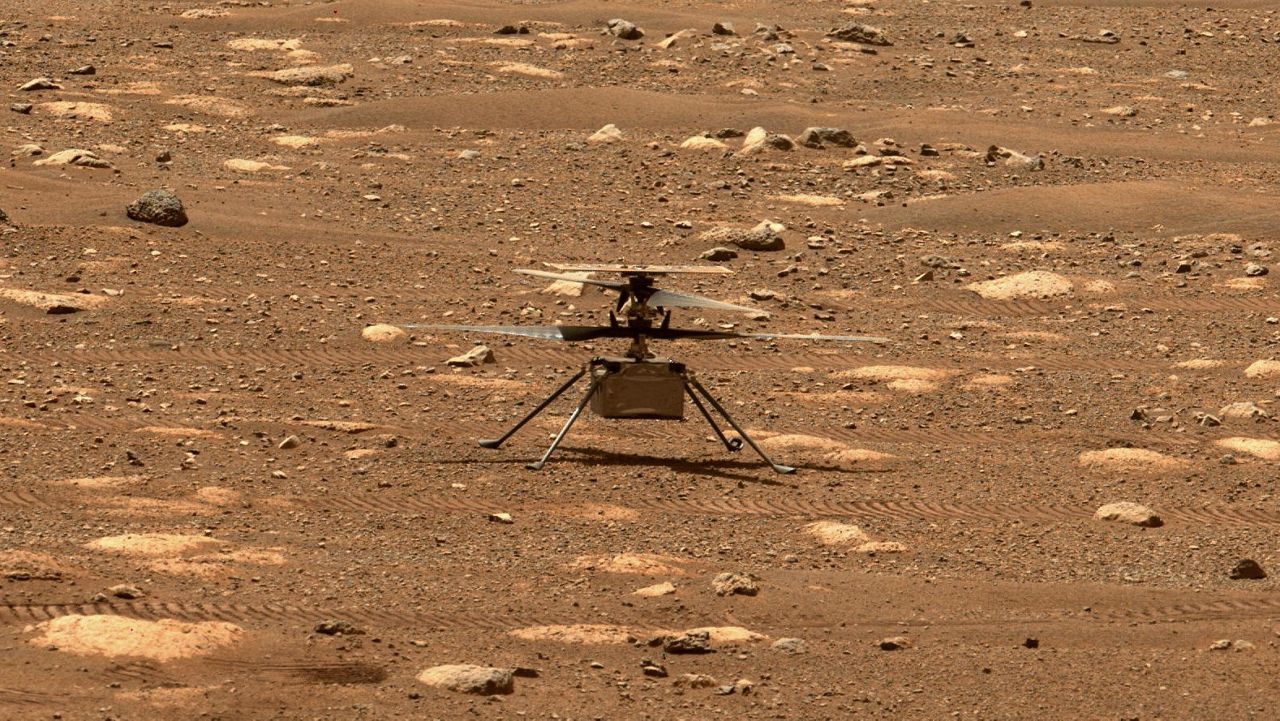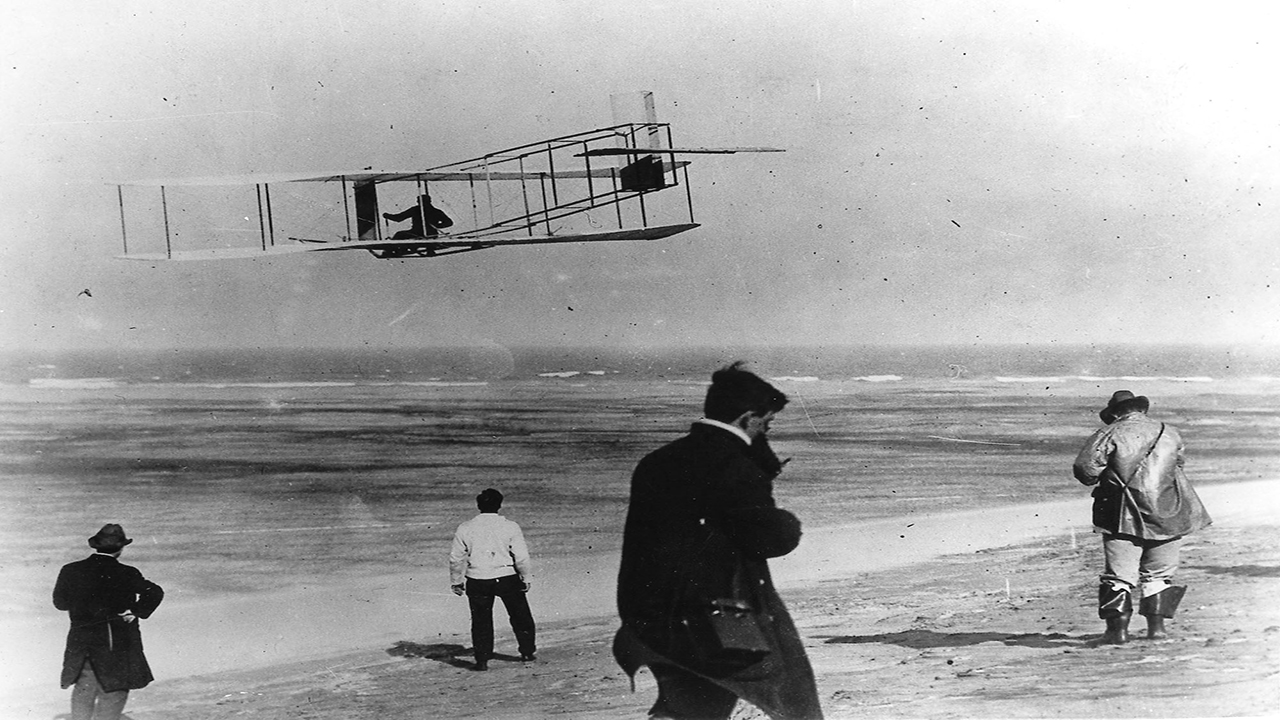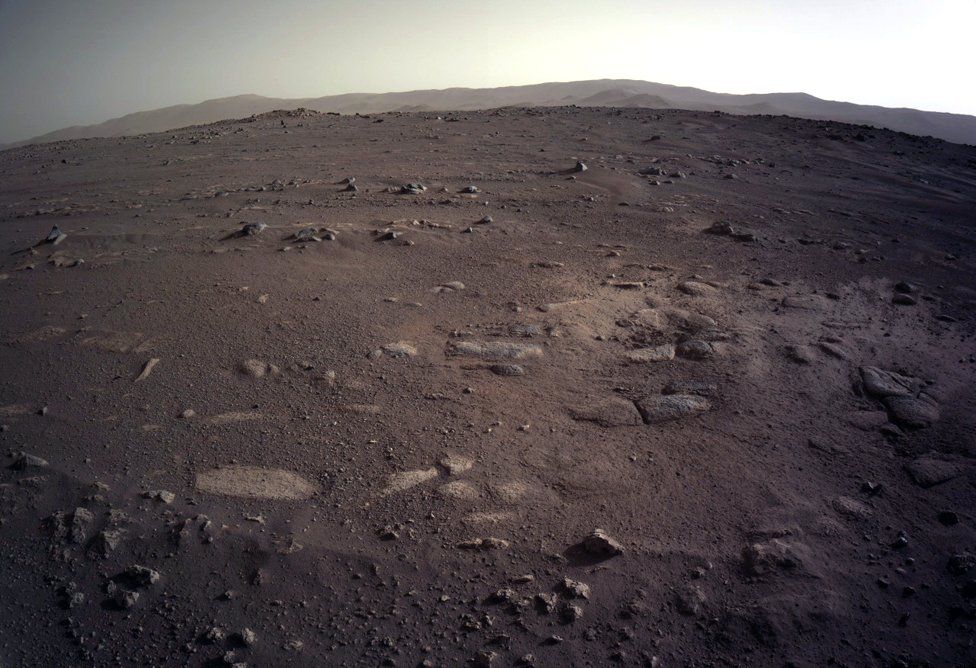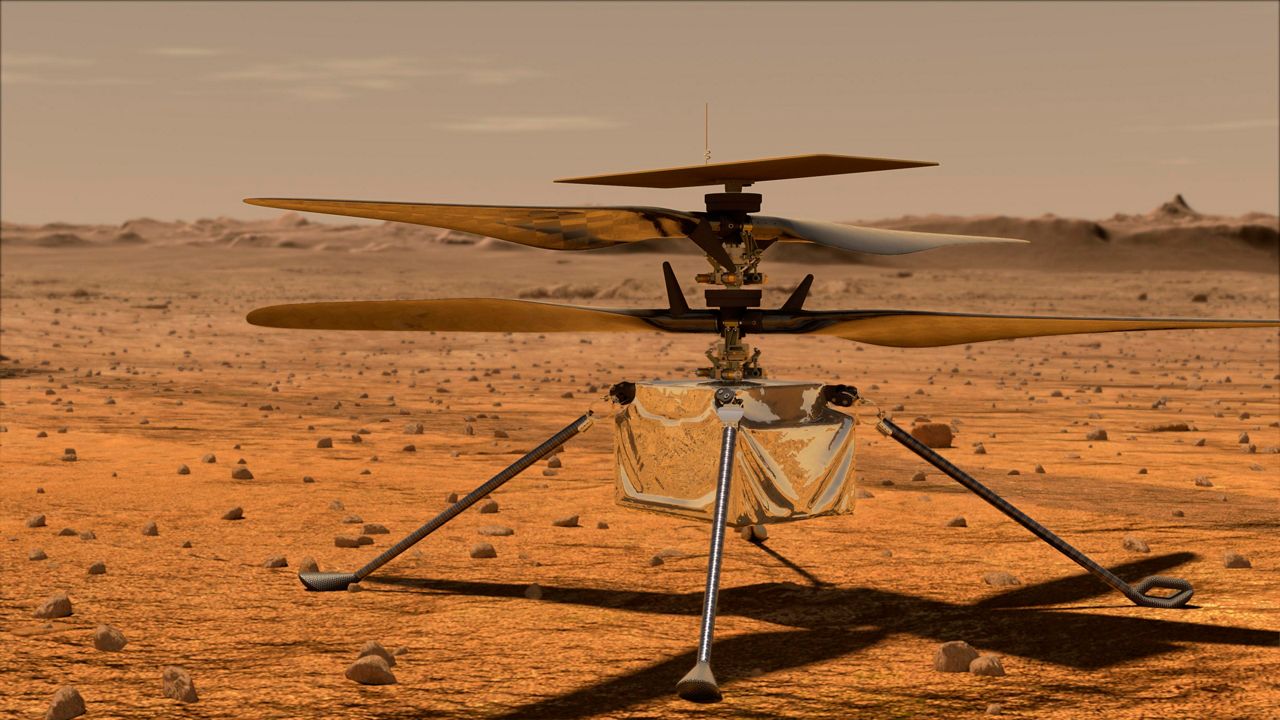On the morning of Monday, April 19 at 3:46 a.m. Eastern Time, a team of scientists and engineers at NASA’s Jet Propulsion Laboratory in Southern California got some astonishing news. They discovered that NASA’s Ingenuity Mars Helicopter, a project of theirs years in the making, became the first aircraft in history to make a powered, controlled flight on another planet.
Since completing its first flight on April 19, Ingenuity has completed additional flights testing the ability to fly an unmanned aerial vehicle on a different planet. Those tests have been met with many challenges since the conditions on Mars are extremely harsh for man or machine.
Despite the difficult environment, the technology demonstration project has met or surpassed all of its technical objectives! On its most recent flight, Ingenuity rose 16 feet, flew 164 feet away from the lift-off site and back at a top speed of 6.6 feet per second.

As a drone pilot myself, I can tell you that there are many features of the weather here on Earth that make flying difficult. One of the most significant of those challenges for Ingenuity has been how to generate lift for the aircraft in the thin atmosphere.
The rotors on Ingenuity spin at a rate of 2,537 revolutions per minute, which is enough to get the drone in the air. The whole machine weighs four pounds on Earth but because the Martian planet is much smaller, the craft only weighs one and a half pounds on Mars.
Try not to fall into the trap of believing the image of Mars that many recent movies have perpetuated. While the wind on Mars can be fierce, the low-density atmosphere doesn't allow that wind to behave on Mars the way it does on Earth.
In fact, the strongest winds on Mars reach peak speeds of about 60 miles per hour, but the atmosphere is only 1% as dense as Earth's, so those winds are only strong enough to move fine dust. This has been a problem for scientists who are working on Perseverance and Ingenuity from Earth since dust covering the solar panels on these machines can impact their ability to recharge their batteries.
Here you can see a weather report detailing the day-to-day temperatures at Jezero Crater where the rover and drone are located. During the day, Mars will only get roughly half the amount of solar energy that hits Earth, and temperatures plummet to 130 degrees below zero, which can freeze and crack unprotected electrical components.
Thankfully, NASA has not reported any significant issues due to weather on Perseverance or Ingenuity. Perseverance is equipped with a weather station and scientists are able to use the temperature and wind data to estimate the energy required to operate heaters to keep the equipment working.
One more tool on Ingenuity worth mentioning is the navigation processor, a piece of equipment that helps the craft find its position just like the technology on your smartphone. Here on Earth, those processors are protected by Earth's magnetic field, which deflects harmful particles that produce beautiful aurora displays. But Mars does not have a field as strong or stable as ours, potentially opening the door for problems with positioning the aerial vehicle down the road.
It has now been over a century since Wilbur and Orville Wright began experimenting with the concepts of flight here on Earth, so what better way to pay tribute to their accomplishments than by sending their work to Mars?

Ingenuity is carrying a postage stamp-sized piece of muslin that covered one of the wings from the Wright brothers' Flyer 1. The artifact is attached to a cable beneath the helicopter's solar panel.
A fourth flight, scheduled to be conducted on Thursday, April 29, plans to lift Ingenuity to an altitude of 16 feet, fly south for 276 feet and then take photos of the surface every 4 feet until it travels a total of 436 feet. Ingenuity then will go into a hover and take images with its color camera before heading back to "Wright Brothers Field," where the aircraft's first flight took place.

NASA's Jet Propulsion Laboratory in Southern California has many more exciting things planned for Ingenuity and the Perseverance rover. Stay with Spectrum News as we continue to update you on their future missions on-air and online!







